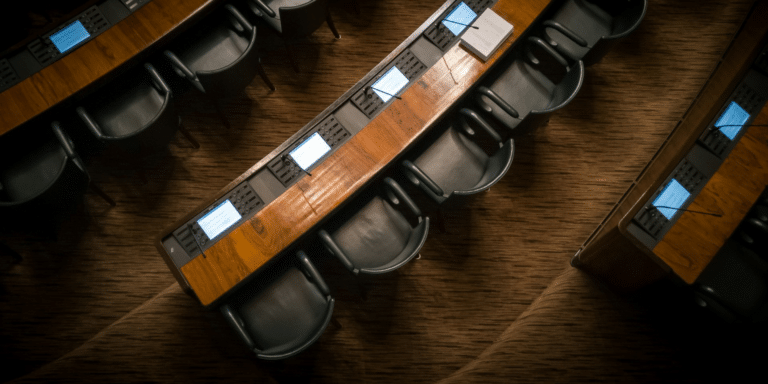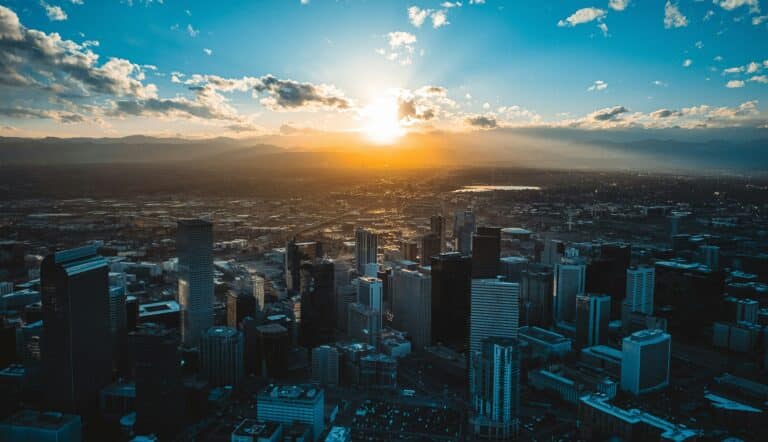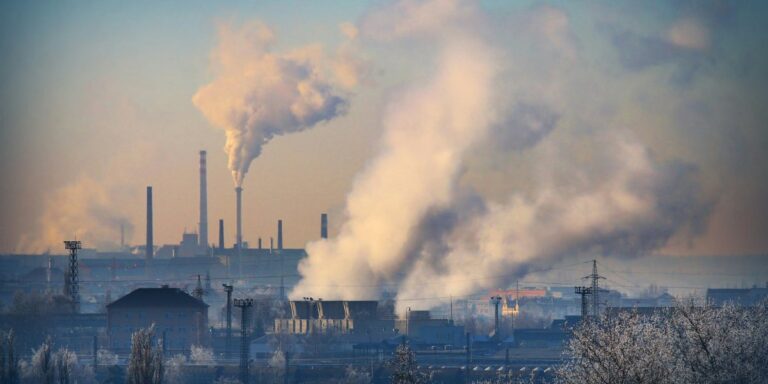
Why Wildlife Collisions Are Increasing in Colorado
In Colorado, wildlife collisions have been on the rise in recent years, creating significant concerns for both drivers and wildlife. The state’s natural beauty, characterized

In Colorado, wildlife collisions have been on the rise in recent years, creating significant concerns for both drivers and wildlife. The state’s natural beauty, characterized

When planning for retirement or securing financial stability, understanding different investment options is crucial. One such option that often comes up is annuities. While they

Denver’s expansion over recent decades reflects a dynamic relationship between urban growth and infrastructure development. Infrastructure—encompassing transportation networks, utilities, public spaces, and essential services—forms the

Colorado’s natural environment spans from arid plains to alpine ecosystems, providing habitats for a wide range of native plant species. Parks and gardens devoted to
Nestled within the heart of Denver, the Clear Creek Trail offers a unique blend of natural beauty, outdoor recreation, and scenic views, making it one
Denver’s farmers markets provide an opportunity to explore a wide range of fresh, locally grown produce that varies with the seasons. The diversity of fruits,
Distracted driving has become a persistent issue in Colorado, playing a significant role in the state’s traffic-related accidents and fatalities. Despite a range of efforts

In Denver, fashion is about finding the balance between practicality and style. The city’s climate, with its cooler winters and warmer summers, demands outfits that

Denver’s food scene continues to reflect a wide range of cultural influences, shaped by the city’s demographic shifts, evolving food preferences, and the diverse communities

In the diverse and dynamic landscape of New York, school politics often mirror the complexity of the city itself. From local school boards to citywide

Colorado’s diverse landscapes, from its majestic mountain ranges to its peaceful lakes and high deserts, offer a wide variety of camping opportunities. Whether you seek

New York, often regarded as the epicenter of American culture and finance, wields significant influence in shaping political discourse and agendas on both national and

Water conservation in Colorado has evolved into a defining issue, shaped by growing demand, climate variability, and obligations under long-standing legal agreements. As one of

Managing one’s workload can often feel like a delicate balancing act. Professionals across industries face the ongoing challenge of deciding whether to focus on completing

In the bustling metropolis of New York, media outlets wield significant influence over the political landscape, shaping public opinion, driving discourse, and impacting decision-making processes.

The United States Congress, comprising the House of Representatives and the Senate, is a cornerstone of American democracy, responsible for crafting laws and representing the

Running for political office is a significant decision that requires careful consideration of various factors, including qualifications, experience, and public perception. One common question that

What Makes Denver’s Economy So Resilient? The Denver economy has emerged as one of the strongest and most dynamic in the United States, with a

In the realm of discourse and debate, maintaining a respectful and constructive environment is paramount. The ability to engage in discussions without resorting to personal

The integration of Agentic AI in urban development is reshaping the future of smart cities, including Denver. As cities become more interconnected, advanced technologies like

Denver, a city known for its vibrant culture and laid-back vibe, comes alive when the sun sets. The nightlife scene here has something for everyone,

For those considering a move to Denver, understanding the cost of living in Denver is essential. The city, known for its scenic views and thriving
New York’s Comprehensive Approach to Tackling Climate Change In a proactive response to the escalating challenges posed by climate change, New York has embarked on

RiNo: Where Art Meets Innovation Hey there, Denver explorers! Ready to dive into the vibrant and diverse neighborhoods that make the Mile High City so

As cities worldwide confront the challenges of climate change, Denver has developed a strategy known as Energize Denver, aimed at achieving net zero emissions by